At the beginning of this lockdown, in the middle of March, the lake was frozen. So much was frozen. The levels of anxiety and uncertainty stacked up, personal griefs nestled inside the larger griefs as we adapted to the local conditions and read about the wider world. When everything changes and nothing changes, what do we do?

Galway Kinnell’s 1983 poem Wait could have been written for this time.
Wait, for now.
Distrust everything if you have to.
But trust the hours. Haven’t they
carried you everywhere, up to now?
Personal events will become interesting again.
Hair will become interesting.
Pain will become interesting.
Journal prompt: What are you waiting for? What are you missing? What do you hope to keep from this time?
When you read what you’ve written, what do you notice?
One form of connection, the touch of another human, even the casual touch, may only be a memory for some people, stored in the body. but other forms of connection may be strengthened as other forms of communication are revived or practised differently; text, e-mail, phone, social media, Zoom, even handwritten letters.
Journal prompt: Think about how you are communicating with people, with whom?
Make lists (linear, circular or clusters) of the people you are in contact with and your preferences for communicating with them. What do you notice? How do you feel about the interactions? Is anyone missing? Is there someone you’d like to connect with that you haven’t?
What do you want to do while you are waiting – why not write someone a letter?
Wait.
Don’t go too early.
You’re tired. But everyone’s tired.
But no one is tired enough.
Only wait a little and listen:
music of hair,
music of pain,
music of looms weaving all our loves again.
The lake in late May is no longer frozen but we are still waiting.
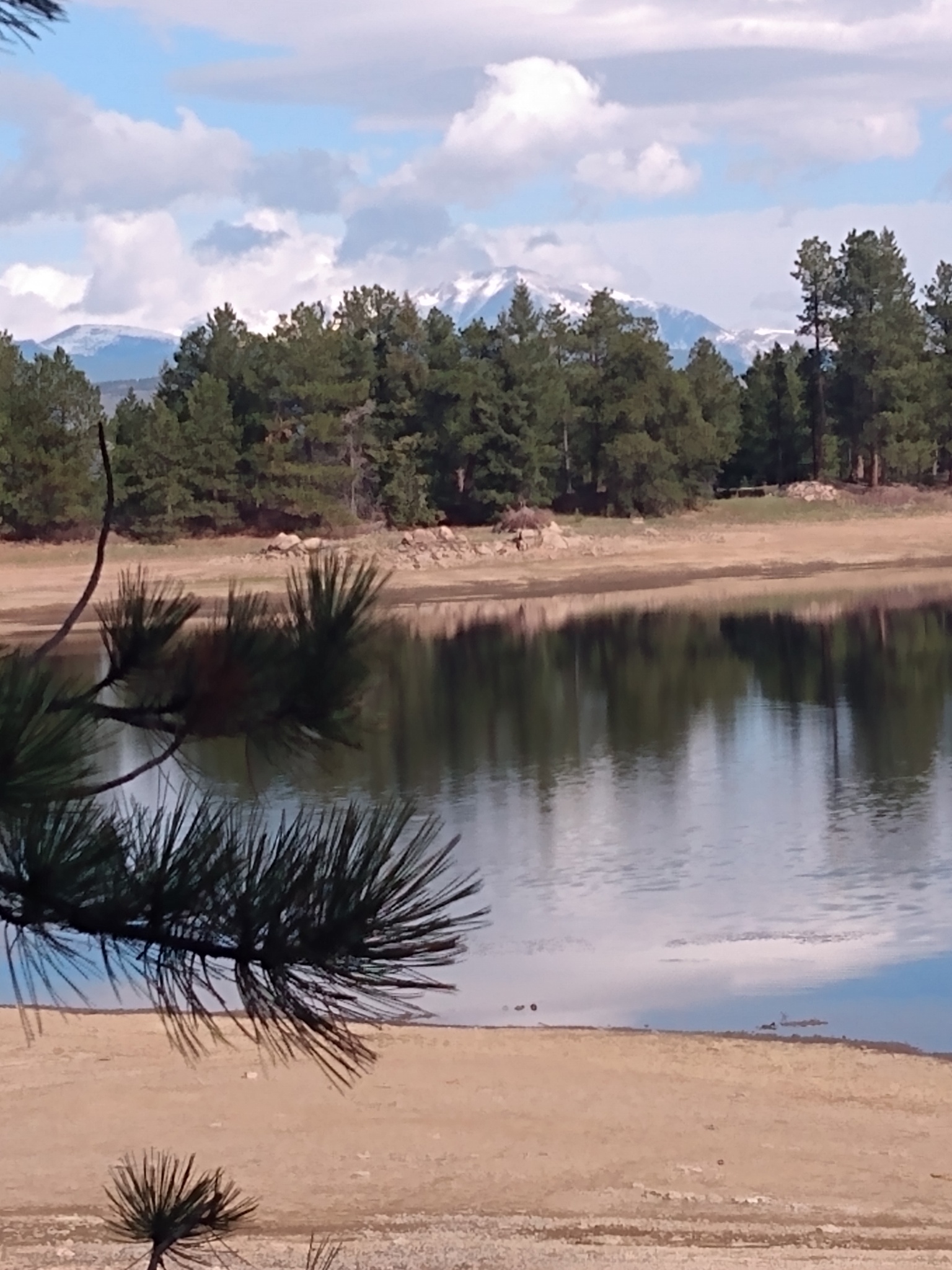


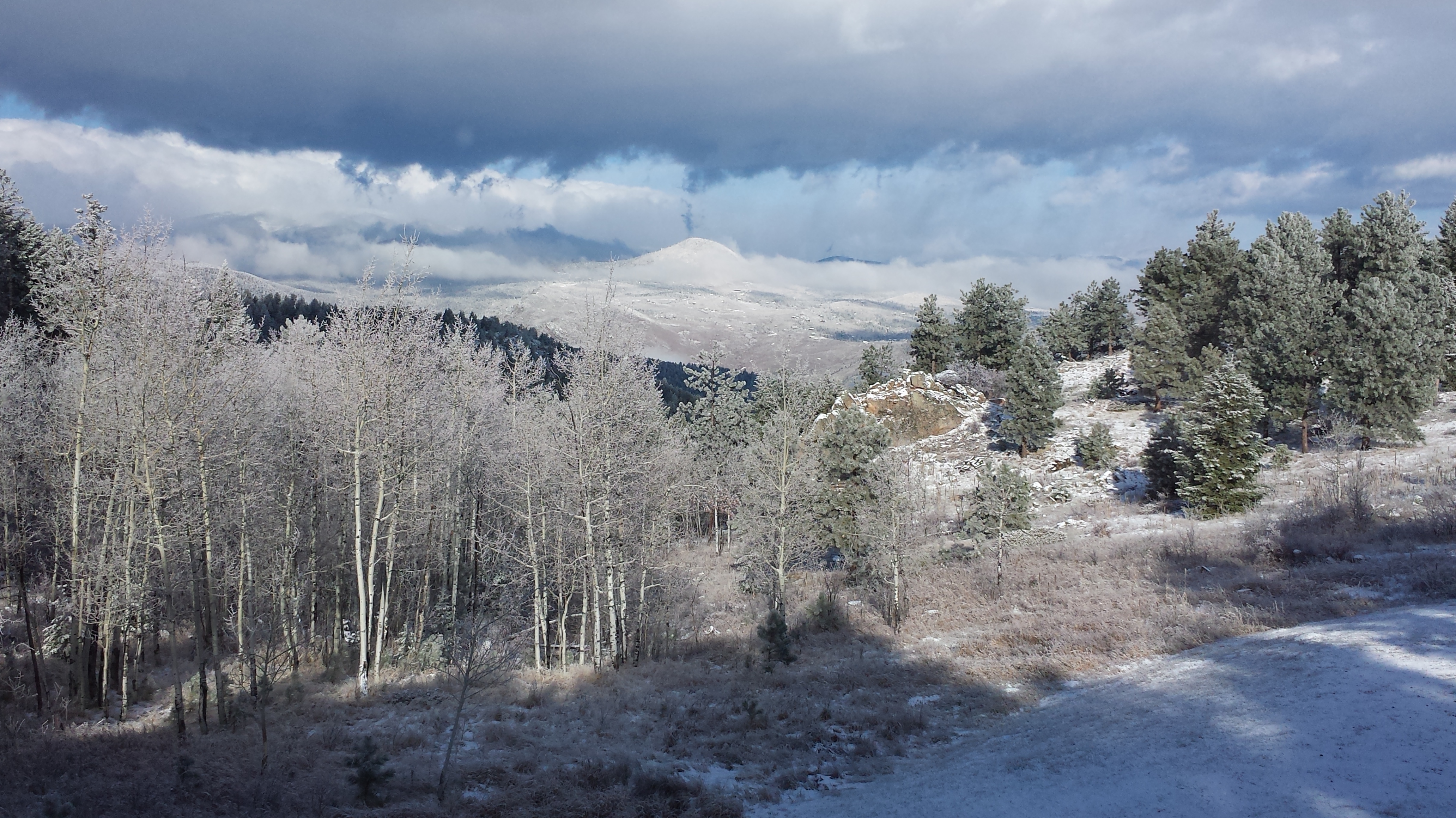 Here is the link to the third in the series of free audio workshops on
Here is the link to the third in the series of free audio workshops on 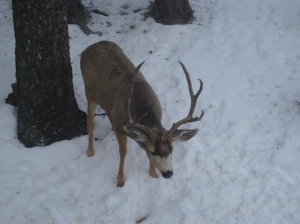
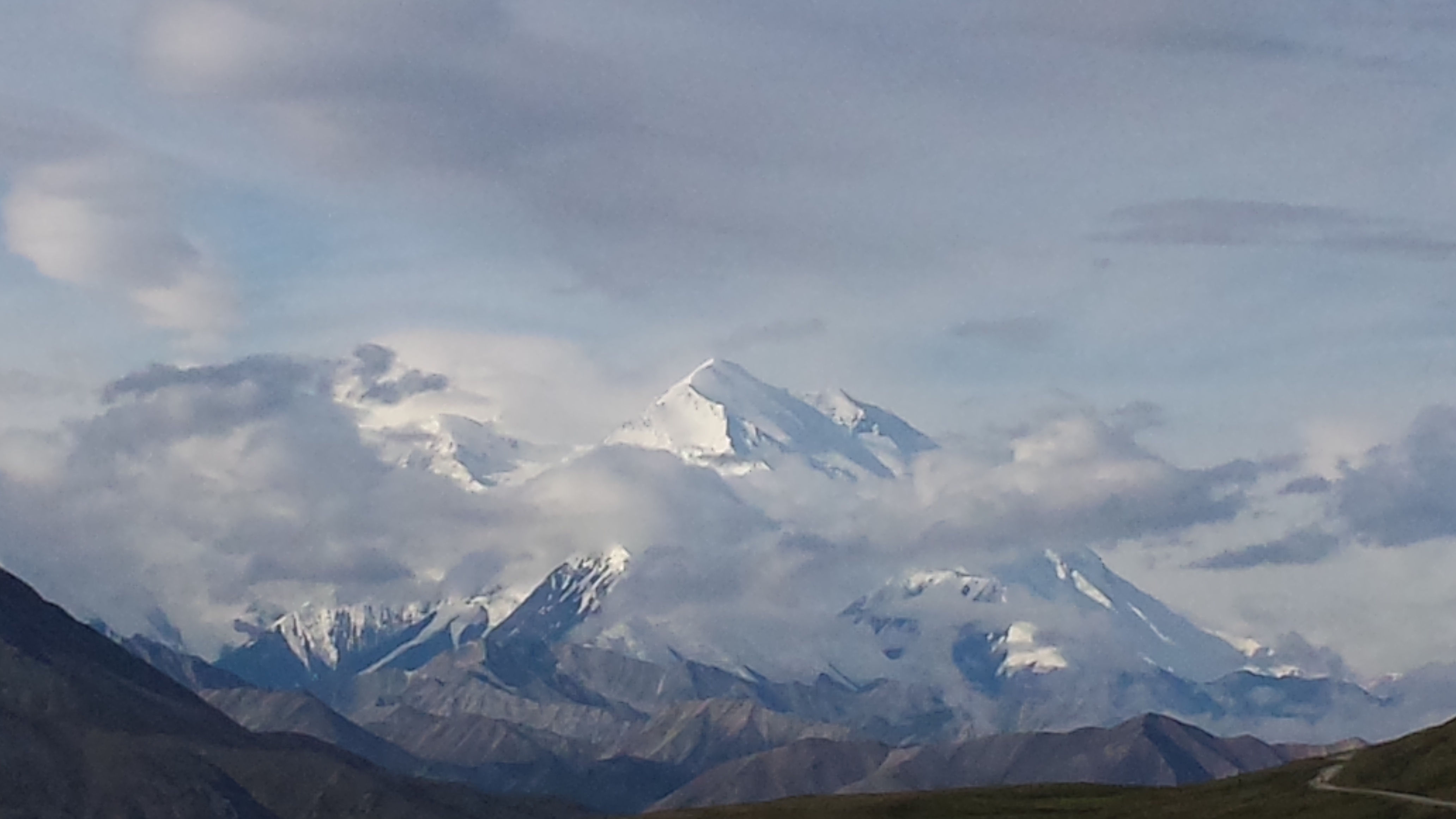 The second free mini workshop in the series Writing for Resilience: Shifting our Emotional Landscape is available for you to listen to
The second free mini workshop in the series Writing for Resilience: Shifting our Emotional Landscape is available for you to listen to 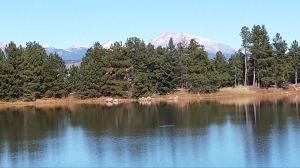 Although the lake here is full at this time and we have snow on the ground, there is not the same calm and safety for many people and communities that we know. Perhaps you or someone you know is personally affected by the fires, floods, earthquakes indelibly changing the landscape, or perhaps the news brings it into your awareness with brutal immediacy. In these troubling times, when there are natural disasters affecting so many people and communities, it is so easy to feel paralyzed and helpless whilst simultaneously wanting and needing to offer something in whatever way we can.
Although the lake here is full at this time and we have snow on the ground, there is not the same calm and safety for many people and communities that we know. Perhaps you or someone you know is personally affected by the fires, floods, earthquakes indelibly changing the landscape, or perhaps the news brings it into your awareness with brutal immediacy. In these troubling times, when there are natural disasters affecting so many people and communities, it is so easy to feel paralyzed and helpless whilst simultaneously wanting and needing to offer something in whatever way we can.